Russian sappers have identified over 120 explosive devices near Palmyra. Reconnaissance engineers, antimine robots and mine detection dogs keep on protecting the Syrian land from deadly surprises of IS terrorists. Find out in the Warmy article what kind of armored vehicles, devices and covert means Russian military engineers use in Syria.
BTR-82A
Each group of Russian sappers is covered by the BTR-82A armored personnel carrier. If compared to its predecessor, the BTR-80, this newer armored personnel carrier has increased fire-power (30 mm automatic cannon instead of KPVT heavy machine gun), endurance and trafficability, while the more powerful 8-cylinder KAMAZ diesel engine helps the vehicle make up to 100 kmh on road. The APC has an air conditioning system as well. The BTR-82A engineer modification is also equipped with an electronic fuze suppression system.

‘Uran-6’ robot
The ‘Uran-6’ remotely controlled robotic system is a mean to clear roads and terrain sectors from AP and AT mines as well as from improvised explosive devices. Developers state that the robot can sustain an up to 60 kg TNT explosion.

OVR-2 standard demining set
The OVR-2 standard demining set is designed to protect sappers from the blast threat of fragmentation and blast mines as well as from the effect of the small arms’ bullets. The OVR-2, which is now used by Russian sappers in Palmyra, comprises the ‘Sokol’ protective suit and the LSHZ-2DTM protective helmet with armored plastic vizard. Some elements of the set provide protection from steel core gun bullets of 7.62 and 9 mm calibers at a 5-meter distance.
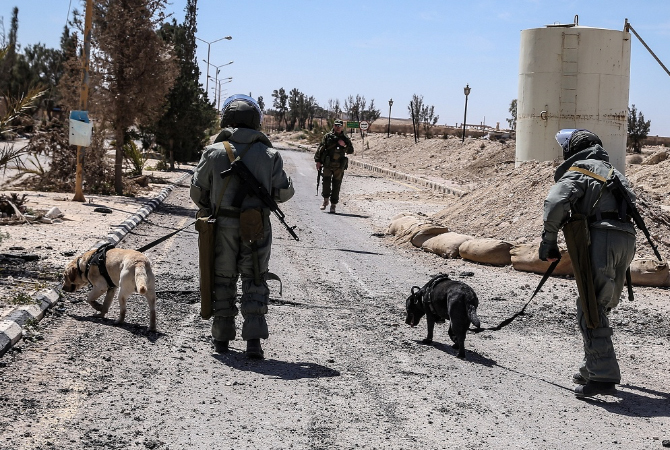
IMPS-2 mine detecting set
The IMP-S2 inductive portable mine-detecting set is the substitute of the IMP device developed as early as 1970s. The IMP-S2 helps detect metal jacket explosive devices (AT and AP mines as well as artillery shells-based roadside bombs) in the ground or snow at a depth of 0.5 meter, behind nonmagnetic material barriers and in coastline at a depth of 1.5 meter. There are many plastic elements in the device construction that significantly reduced its weight.
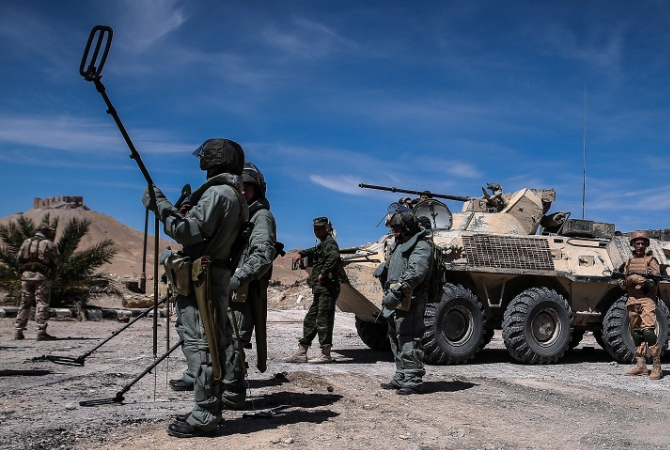
PIPL portable detector of wire cables for self-made explosive devices
Portable detector can detect the wire cables of the SPP-2 type at a distance of four meters to any end and at a depth of 30 centimeters in the ground. PIPL consists of a panel control electronics module, a bearing frame of three telescopic arms, a charge and a receiver coil. The detector can be easily packed and fit in a case.

INVU-3M ‘Korshun’ nonlinear junction locator
The INVU-3M portable detector of noncontact explosive devices is designed for remote detection of radio-fuze explosive devices.
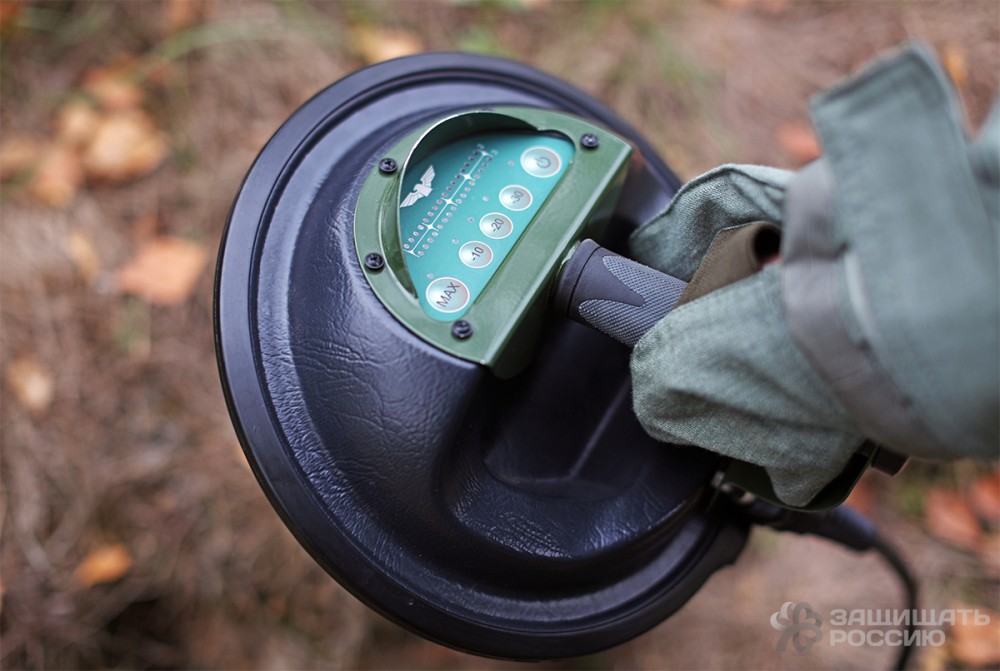
Animals’ assistance
According to the Russian Defense Ministry, three specially trained mine-detecting dogs are involved in the demining process in Palmyra. Sappers, who handle the dogs, use two Labradors and one German shepherd. Along with mine detection, the dogs perform tasks of destroying undefusable explosive devices.
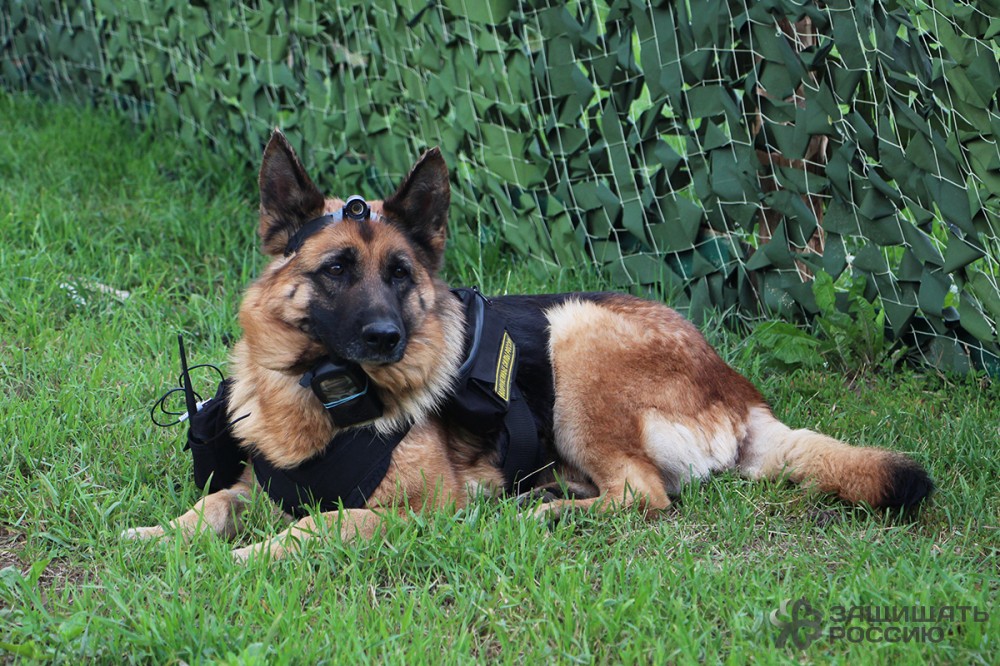

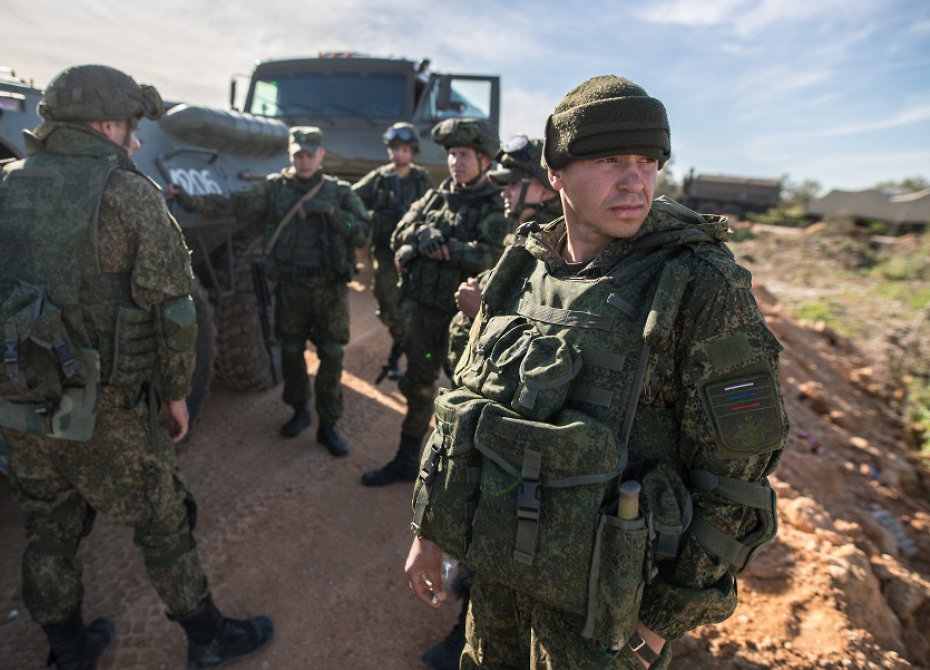

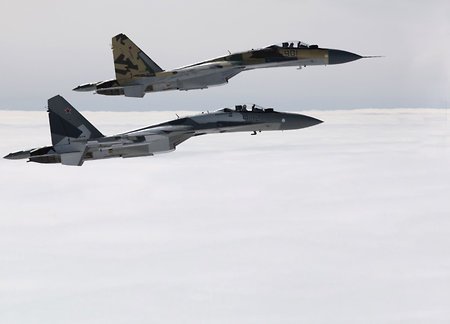




You may also like
Orphus system